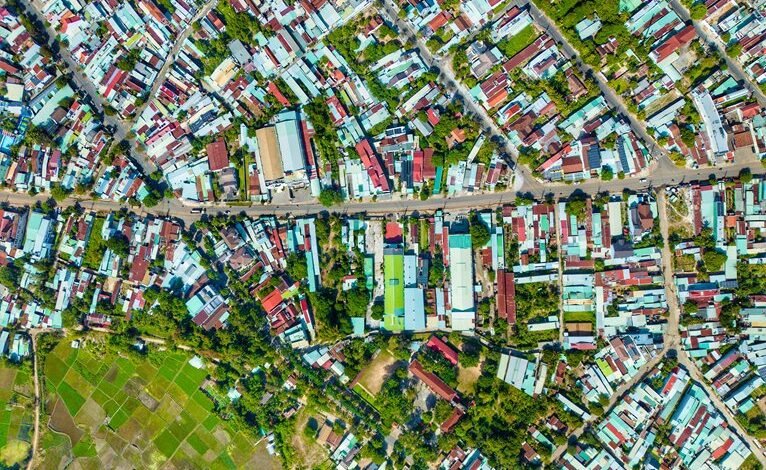2031265983 Geographic Call Density Mapping

Geographic Call Density Mapping serves as a vital analytical tool in telecommunications. It provides a visual representation of call volume distribution across different regions. This mapping allows stakeholders to discern communication patterns and behaviors effectively. Various sectors, such as public safety and urban planning, can leverage these insights for enhanced decision-making. However, the impact of real-time analytics and future technological advancements in this field raises important questions for further exploration.
Understanding Geographic Call Density Mapping
Geographic call density mapping serves as a crucial analytical tool in telecommunications, enabling the visualization of call volume distribution across various geographic areas.
By employing advanced data visualization techniques, analysts can interpret geographic information effectively, identifying patterns and trends in communication behavior.
This analytical framework supports strategic decision-making, empowering stakeholders to optimize network resources and enhance service delivery in a data-driven manner.
Applications Across Various Sectors
The application of call density mapping extends beyond telecommunications, influencing a variety of sectors such as public safety, urban planning, and marketing.
By facilitating call center optimization, organizations can enhance resource allocation and improve customer service efficiency.
In emergency response, precise call density data enables quicker mobilization of services, ultimately leading to more effective interventions and better outcomes during critical situations.
Benefits of Real-Time Analytics in Call Density Mapping
How can real-time analytics enhance the effectiveness of call density mapping?
By providing real-time insights, organizations can make informed decisions based on current data trends.
Enhanced data visualization techniques allow for immediate identification of high-density call areas, enabling targeted resource allocation.
This responsiveness not only improves operational efficiency but also empowers organizations to adapt quickly to changing demand patterns, thereby optimizing service delivery.
Future Trends in Geographic Call Density Analysis
Emerging technologies and evolving data analytics techniques are poised to significantly influence the landscape of call density analysis in the coming years.
Predictive modeling and machine learning will enhance the accuracy of geographic call density forecasts, enabling organizations to optimize resource allocation.
As these methodologies advance, they will provide deeper insights into consumer behavior, fostering greater responsiveness and adaptability in service delivery.
Conclusion
In conclusion, Geographic Call Density Mapping serves as a navigational compass in the vast ocean of telecommunications data, illuminating the depths of communication patterns. Its applications span diverse sectors, enhancing strategic decision-making and operational efficiency. The integration of real-time analytics transforms this tool into a dynamic asset, while the horizon of future trends promises to refine its precision through predictive modeling. As technology evolves, so too will the ability to harness these insights, shaping a more connected and responsive world.




